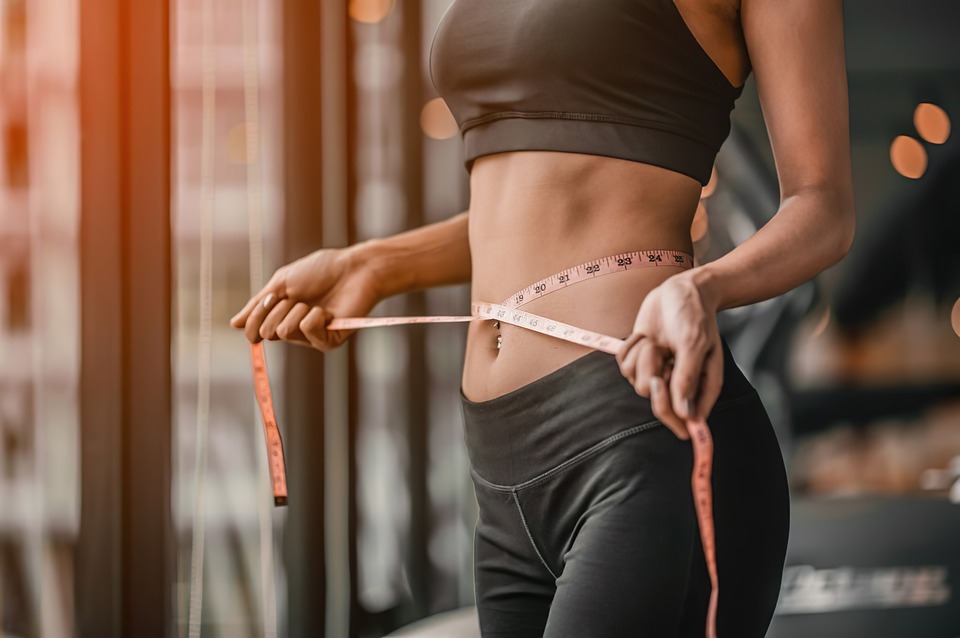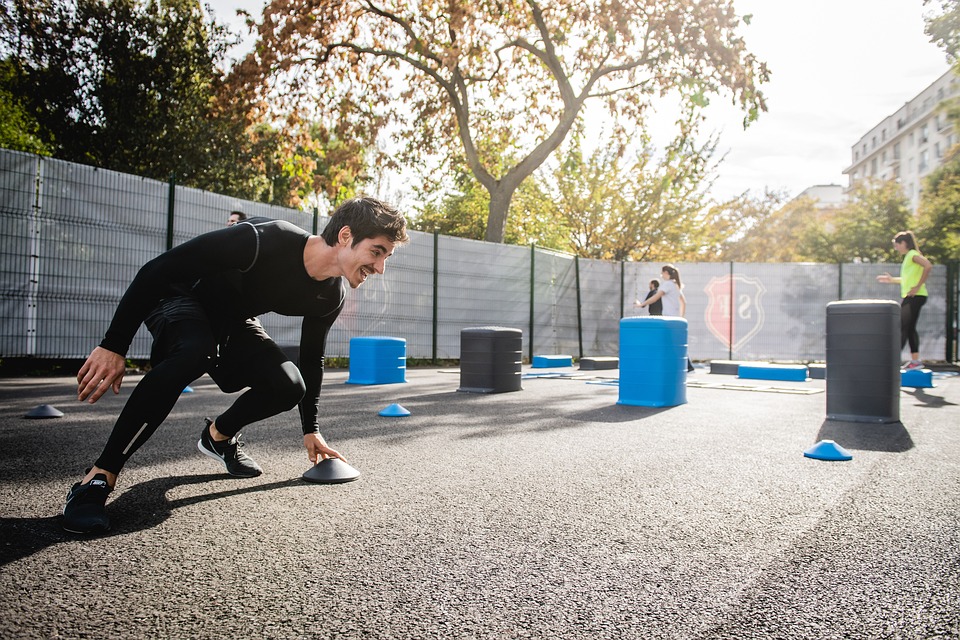The Macronutrient Puzzle: Balancing Carbs, Protein, and Fat for Optimal Fitness
When it comes to fueling your body for optimal fitness, the right macronutrient balance is crucial. Carbohydrates, protein, and fat are the three macronutrients that play a vital role in supporting energy production, muscle growth, and overall health. However, many people struggle to get the balance right, leading to poor performance, fatigue, and other health issues. In this article, we’ll delve into the importance of balancing your macronutrient intake and provide practical tips to help you optimize your fitness goals.
Carbohydrates: The Body’s Primary Energy Source
Carbohydrates are the body’s primary source of energy, providing fuel for your workouts, daily activities, and even brain function. They come in two forms: simple and complex. Simple carbohydrates, found in foods like sugar and candy, are quickly digested and provide a rapid energy boost. Complex carbohydrates, found in whole grains, fruits, and vegetables, are digested more slowly and provide sustained energy.
Protein: Building and Repairing Tissues
Protein is essential for building and repairing muscles, bones, and other tissues. It’s also important for hormone regulation, immune function, and satiety. The recommended daily intake of protein varies based on factors like age, sex, weight, and activity level. For athletes and fitness enthusiasts, a daily intake of 1.2-1.6 grams of protein per kilogram of body weight is generally recommended.
Fat: Energy Production and Hormone Regulation
Fat is often misunderstood as a villain in the world of fitness, but it’s actually an essential macronutrient. Fat provides energy for low-intensity activities, helps absorb fat-soluble vitamins, and regulates hormones. The right balance of fat is also important for satiety and satisfaction.
The Optimal Macronutrient Balance
So, how do you strike the right balance between carbohydrates, protein, and fat? The ideal ratio varies depending on your fitness goals and lifestyle. However, a general guideline is to aim for the following ratios:
- For general health and fitness: 45-65% of daily calories from carbohydrates, 15-20% from protein, and 20-35% from fat
- For endurance athletes: 55-70% of daily calories from carbohydrates, 15-20% from protein, and 15-25% from fat
- For strength and power athletes: 40-50% of daily calories from carbohydrates, 25-35% from protein, and 25-35% from fat
Practical Tips for Balancing Your Macronutrients
- Keep a food diary: Tracking your food intake will help you identify areas where you can improve your macronutrient balance.
- Eat complex carbohydrates: Focus on whole grains, fruits, and vegetables for sustained energy and fiber.
- Include lean protein sources: Aim for 20-30 grams of protein per meal from sources like chicken, fish, turkey, and legumes.
- Healthy fats are essential: Nuts, seeds, avocados, and olive oil are all great sources of healthy fats.
- Monitor your calorie intake: Make sure you’re not consuming too many or too few calories, as this can disrupt your macronutrient balance.
- Experiment and adjust: Pay attention to how your body responds to different macronutrient ratios and adjust your intake accordingly.
Conclusion
Achieving the right macronutrient balance is a crucial step in optimizing your fitness goals. By focusing on complex carbohydrates, lean protein sources, and healthy fats, you’ll be able to fuel your body for optimal performance, recovery, and overall health. Remember to keep a food diary, experiment with different ratios, and adjust your intake based on your individual needs. With the right balance of macronutrients, you’ll be able to take your fitness journey to the next level.




GIPHY App Key not set. Please check settings